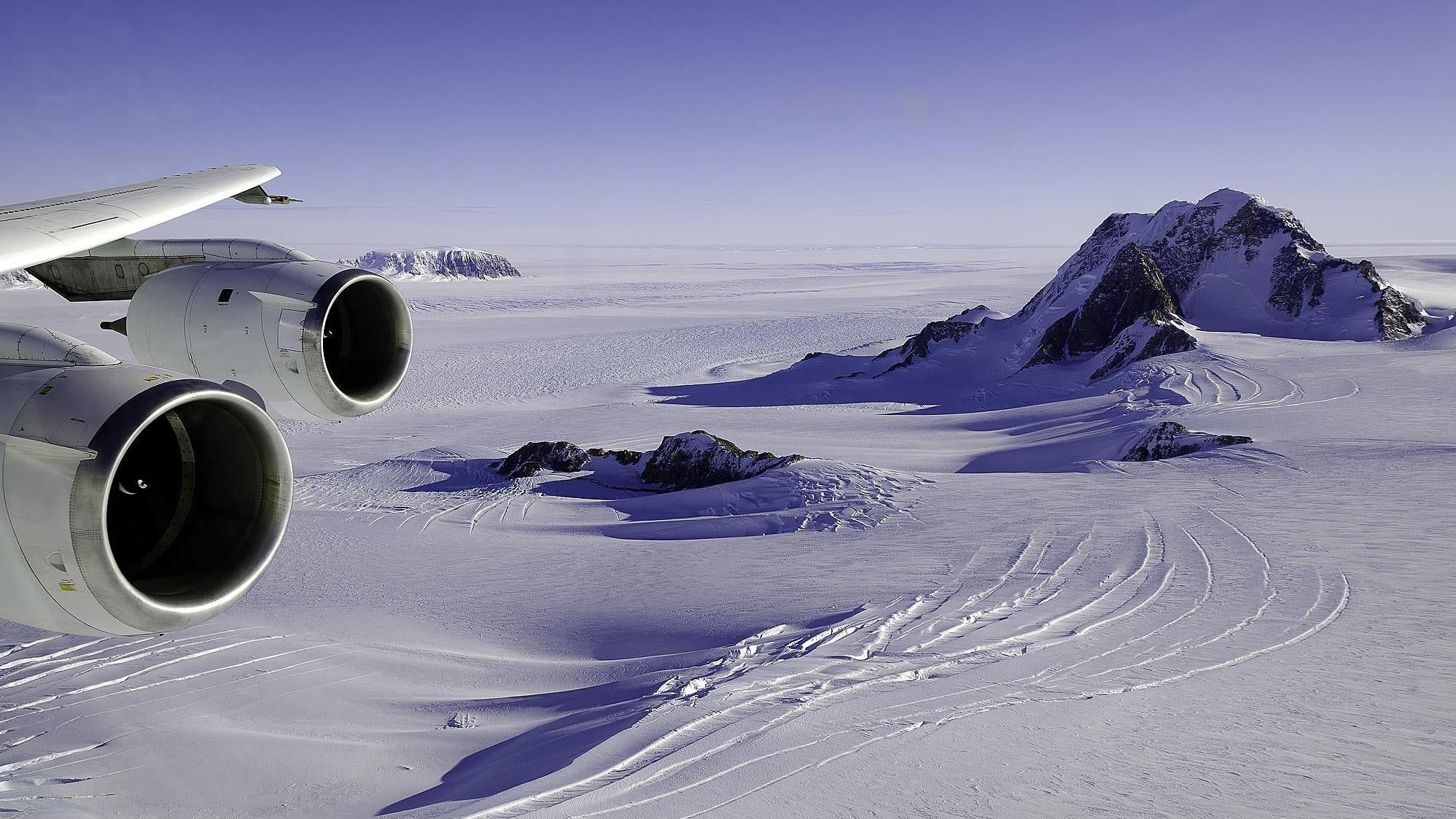Two men are three weeks into an expedition to Antartica’s Pole of Inaccessibility, an isolated spot that is 901 km from the South Pole. The pair are working in collaboration with NASA and the European Space Agency as they record the psychological and physiological effects of the journey, data that the space agencies believe could give a sense of how human bodies will respond to harsh environments like the Moon and Mars.
The trek is part of the Chasing the Light mission, a crossing of Antarctica that will subject its two participants, Justin Packshaw and Jamie Facer Childs, to the gruelling conditions on the Antarctic continent. (Though it is currently summer at the South Pole, temperatures remain comfortably below zero with, winds that can blow at 161 km per hour.)
In all, the journey is comprised of a 1,770 km jaunt to the Southern Pole of Inaccessibility, a further 901 km to the South Pole, an 1,291 km leg to the Hercules Inlet, and a final 200 km sprint to Union Glacier, near the base of the Antarctic peninsula.
Poles of inaccessibility exist on every continent, and there’s even one in the ocean; they refer to isolated places that are hard to access from any direction. Though they’re not always the most inland points, they are typically so, as taking a boat is often easier than travelling over land. (Just ask the Erie Canal or the Northwest Passage.) Packshaw and Childs will each be lugging 200 kg sleds, according to the BBC, and will make their progress with the help of skis and kites.

NASA, the ESA, and Stanford University are collecting data on how the human body deals with extreme conditions vis-a-vis the pair’s saliva, blood, urine, and stool samples. According to the Daily Mail, the travellers’ eyesight is also being studied to investigate how humans perceive their environment.
This study will be useful to better understanding a situation that happened on the Moon in 1971, when astronauts Alan Shepard and Edgar Mitchell decided not to investigate a large crater, thinking it was far in the distance when it was actually only 15.24 m away. A NASA scientist told the Daily Mail that the lunar environment’s depth of field probably confused the astronauts.
Antarctica’s barren landscape is somewhat similar, making it a good testing ground for human missions to the Moon and Mars. And with Moon missions planned for the mid- and late-2020s, the current expedition comes at a good time.
The Chasing the Light mission is expected to conclude by February; the team is currently 892 km into their first leg.
